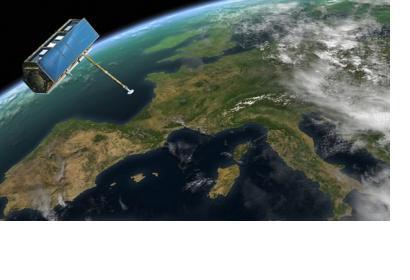United
Nations
Office for Outer Space Affairs
UN-SPIDER Knowledge Portal
On 15 June 2007, the German TerraSAR-X radar satellite was launched from Russia's Baikonur Cosmodrome in Kazakhstan marking the beginning of a new era in German remote sensing. In its fifth year in space TerraSAR-X has served its planned life-span, but is expected to continue functioning for several years. "TerraSAR-X has now been operating almost flawlessly for five years. The satellite's propellant consumption has been low, the solar arrays and radar instrument are in good condition, and all of the redundant systems are still available. We could not have hoped for more," states Michael Bartusch, TerraSAR-X mission Project Manager at the German Aerospace Center (DLR).
TerraSAR-X can survey Earth regardless of cloud coverage or weather conditions thanks to its on-board Synthetic Aperture Radar (SAR) system. It can provide imagery with resolutions of one meter allowing the provision of high quality data for science, disaster and risk management and commercial purposes - particularly concerning time-sequenced images. TerraSAR-X was constructed by Astrium on behalf of DLR and its data is distributed by the German division of Astrium Geo-Information Services, Infoterra GmbH.
